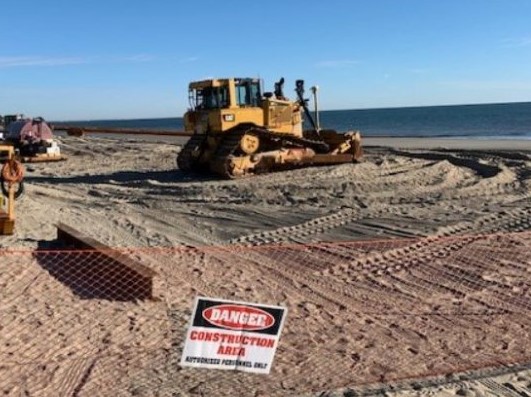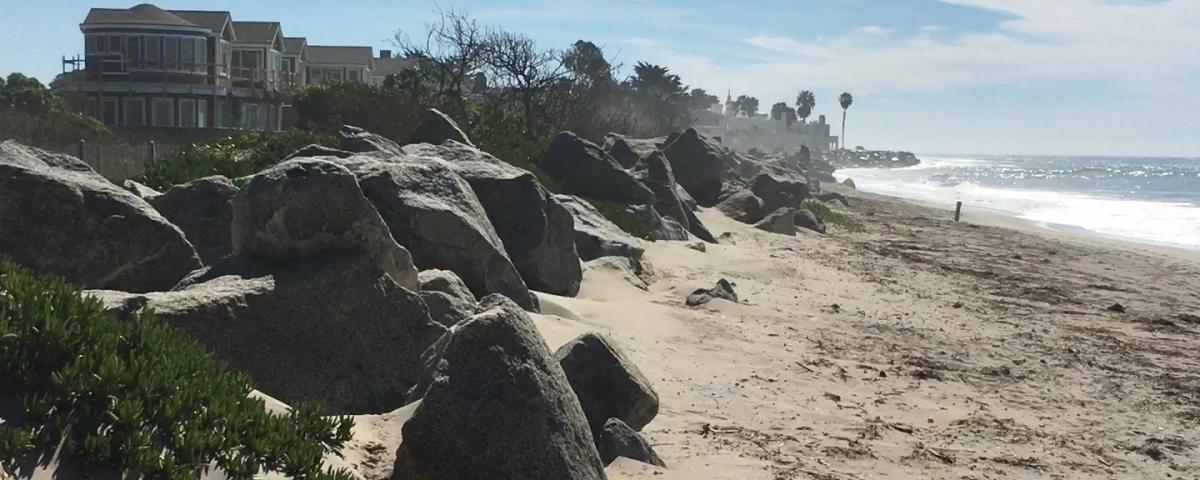Some Known Details About Shore Protect Team
Table of ContentsUnknown Facts About Shore Protect TeamSome Known Details About Shore Protect Team Shore Protect Team - TruthsThe Only Guide to Shore Protect TeamSome Known Questions About Shore Protect Team.9 Easy Facts About Shore Protect Team Described6 Easy Facts About Shore Protect Team Shown
Decline in residential property worth: As the location tourism is affected by erosion, so then is the economy. Customers are much less most likely to look for a beach residence that could be ruined anytime by the approaching flooding and erosion emergency situation. In turn, home value can drop immensely and affect the entire region.Whether a beach is just tiny and congested or has to shut totally for the safety and security of the environment and neighboring buildings, this substantially influences tourism. In turn, local economic situations are affected (https://smartdir.org/Shore-Protect-Team_347977.html). Danger of injury: The increased danger of flooding and structural failings creates a boosted threat of injury to nearby vacationers and community members

is home to greater than 84,240 miles of coast with 41% of it subjected to the open sea. Coastal designers are in fee of securing the coast against adjustments by minimizing the damaging impacts of both natural and man-made incidents. Shoreline stabilization is directly associated to their task. Waterside hotels: Due to the fact that coastline erosion impacts tourism, it influences the success of waterfront resorts.
The 8-Minute Rule for Shore Protect Team
This eventually results in closures and deserted beachfront residential or commercial properties. Coastal commercial businesses: No visitors indicates no company. For those organizations catering to locals, their building goes to threat of damage from disintegration and flooding. Coastal state parks: State parks that exist along shorelines go to danger of damage. Not only to the manufactured frameworks and properties on website, yet likewise to the all-natural environments that exist within.
Soft stabilization is a better solution for the atmosphere and even more lasting overall. Difficult stabilization utilizes man-made frameworks as protection to control erosion. Normally, these frameworks are set up at right angles or alongside quit sand motion and reduce the pressure of waves. The majority of kinds of difficult stablizing like seawalls and sheet steel are not suitable for coastline stablizing.
Some Known Facts About Shore Protect Team.
There's likewise inadequate evidence of their effectiveness depending upon the type of coastline and local conditions. Tough stablizing strategies have a tendency to be much more hard to mount and do not match the natural visual, protruding like an aching thumb and harming local communities in numerous scenarios. Coastline nourishment is the process of including lost sand and sediment back to coastlines after disintegration has actually taken place.
TrapBags help in the procedure of coastline nourishment by safeguarding natural ecosystems and allowing plants to expand. While this procedure can be costly and is not irreversible, the pros often tend to outweigh the disadvantages. TrapBag barriers offer several residential properties that make them optimal for seaside and riverbank erosion defense. They're: Eco-friendly: You can utilize indigenous dirt both to border and to fill the TrapBags.

How Shore Protect Team can Save You Time, Stress, and Money.
Easy to set up: Reduce of setup suggests TrapBags can be deployed promptly in case of an emergency. They can additionally be mounted without any heavy machinery. Budget-friendly: TrapBags are excellent for both tiny and huge locations of shoreline. They give a budget-friendly service to cover tasks of any kind of size.
The proper seawall layout depends on location-specific aspects, including bordering disintegration processes. There are 3 major kinds of seawalls: vertical, curved, tipped, and piles (see table below).
All-natural obstacles, such as reef and mangrove woodlands, avoid the spread of tidal waves and the flow of coastal waters and mitigated the flood and surge of water. A cost-benefit method is a reliable means to figure out whether a seawall is appropriate and whether the benefits are worth the expense.
An Unbiased View of Shore Protect Team
A seawall is a fixed attribute which can contrast with the vibrant nature of the coastline and hinder the exchange of debris between land and sea. The table listed below summarizes some positive and negative effects of seawalls which can be used when contrasting their performance with various other coastal administration alternatives, such as coastline nutrients. [] Advantages and negative aspects of seawalls according to Short (1999) Advantages Drawbacks Long term solution in contrast to soft beach sustenance.

This can create beaches to dissipate, making them pointless for coastline goers. Normally, seawalls can be a successful method to control seaside erosion, but only if they are built well and out of materials that can stand up to the force of ongoing wave power.
The Only Guide for Shore Protect Team
Incorporated with a high building and construction expense, this has led to raising use other soft design seaside administration options such as coastline replenishment. Seawalls are built from various materials, most commonly strengthened concrete, boulders, steel, or gabions. Various other possible building products include vinyl, timber, aluminum, fiberglass composite, and naturally degradable sandbags made of jute and coir. The proper seawall layout depends on location-specific aspects, including surrounding erosion procedures. There are three main kinds of seawalls: vertical, rounded, stepped, and piles (see table listed below). A record released by the United Nations Setting Program (UNEP) suggests that the tsunami of 26 December 2004 caused less damages in the areas where natural barriers existed, such as mangroves, coral reefs or coastal greenery.
Natural obstacles, such as coral reefs and mangrove woodlands, avoid the spread of tsunamis and the flow of seaside waters and alleviated the flood and rise of water. A cost-benefit method is an efficient means to figure out whether a seawall is ideal and whether the benefits are worth the expense.
6 Simple Techniques For Shore Protect Team
A seawall is a fixed function which can contravene the vibrant nature of the coastline and hinder the exchange of debris in between land and sea. The table listed below summarizes some positive and adverse impacts of seawalls which can be used when contrasting their efficiency with various other seaside administration alternatives, such as beach sustenance. [] Benefits and drawbacks of seawalls according to Short (1999) Benefits Negative aspects Lengthy term option in contrast to soft beach sustenance. bulkhead contractors near.

This can trigger beaches to dissipate, providing them useless for beach goers. Normally, seawalls can be a successful means to manage seaside erosion, yet only if they are built well and out of products that can stand up to the force of ongoing wave energy.